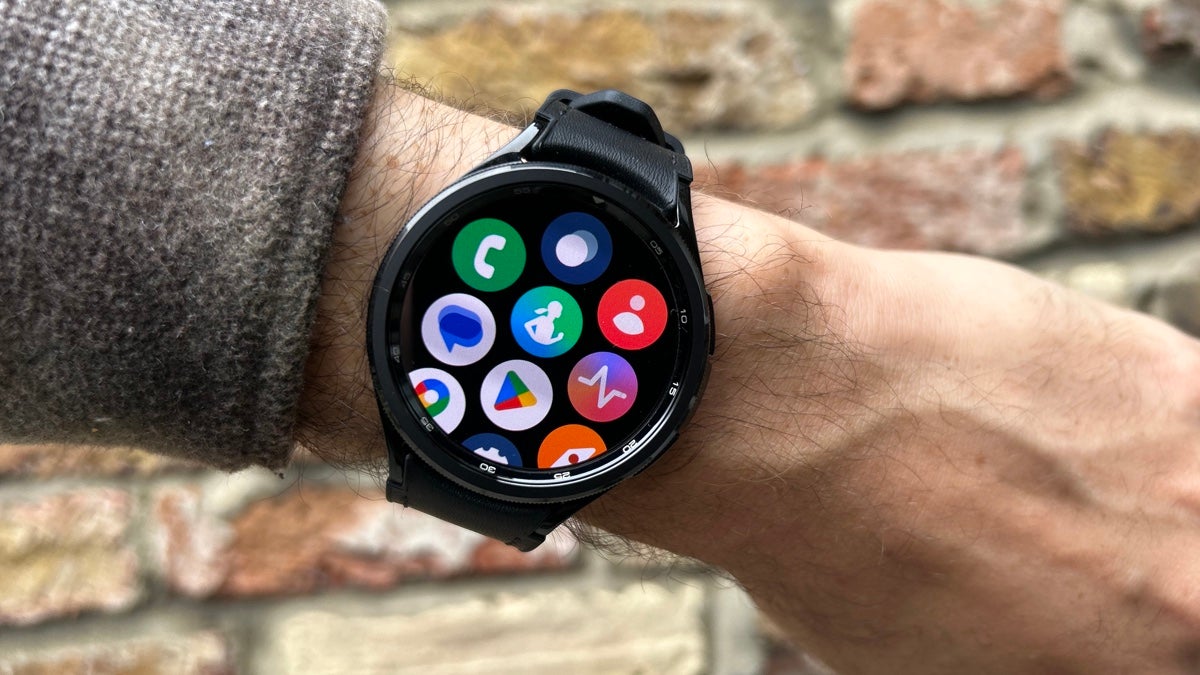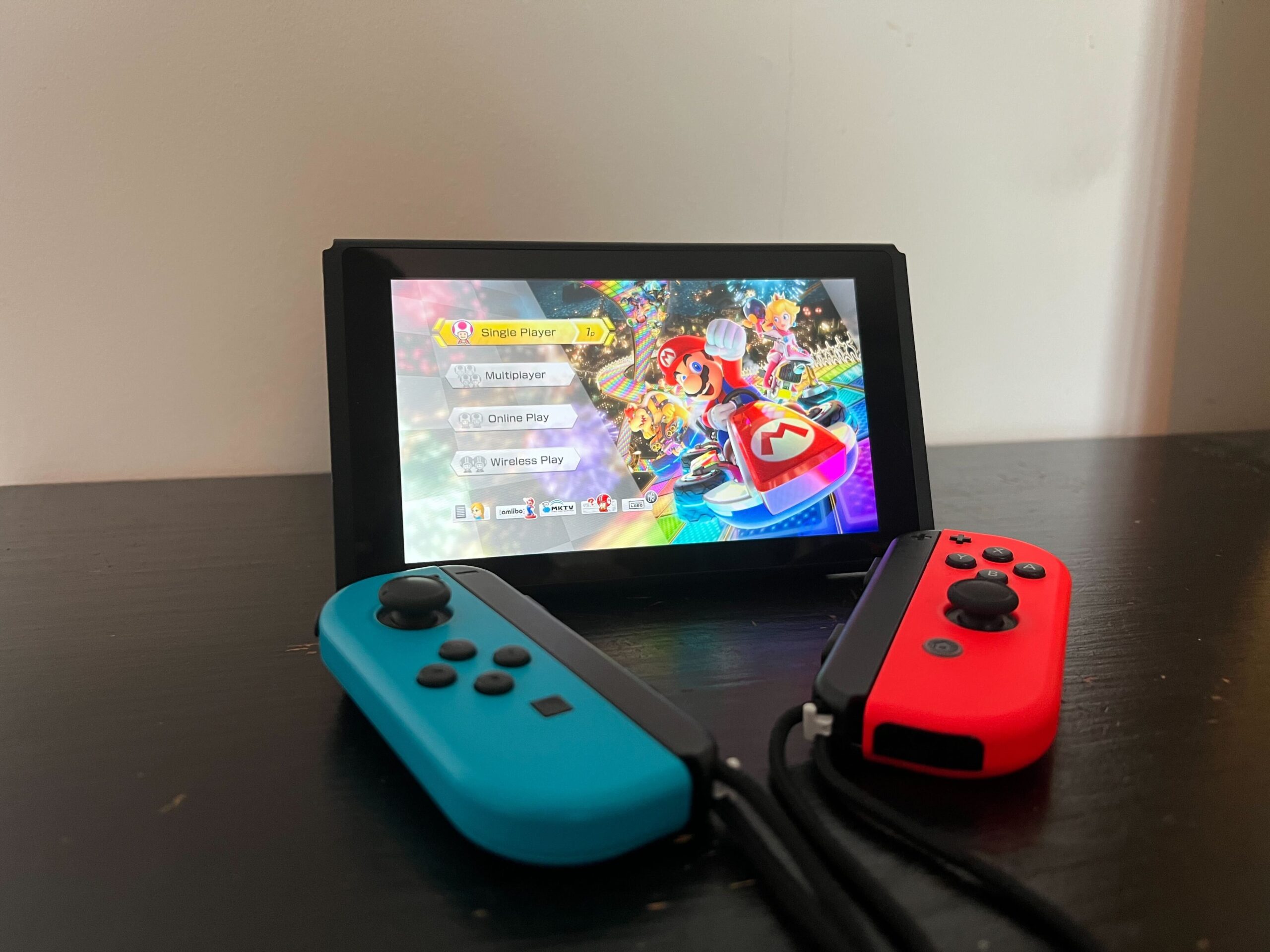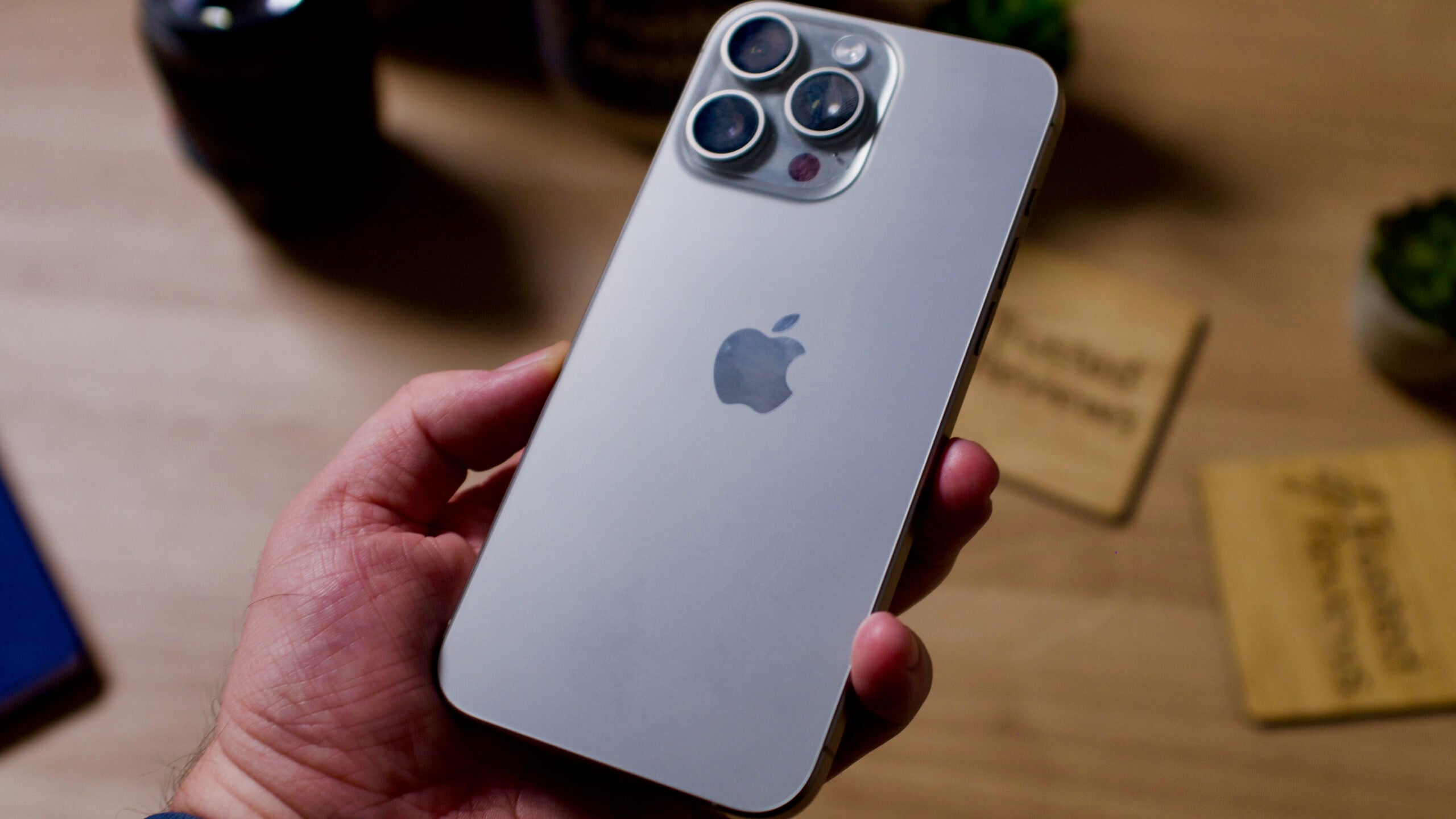Philips reveals new Ambilight OLED+ and Mini-LED TVs
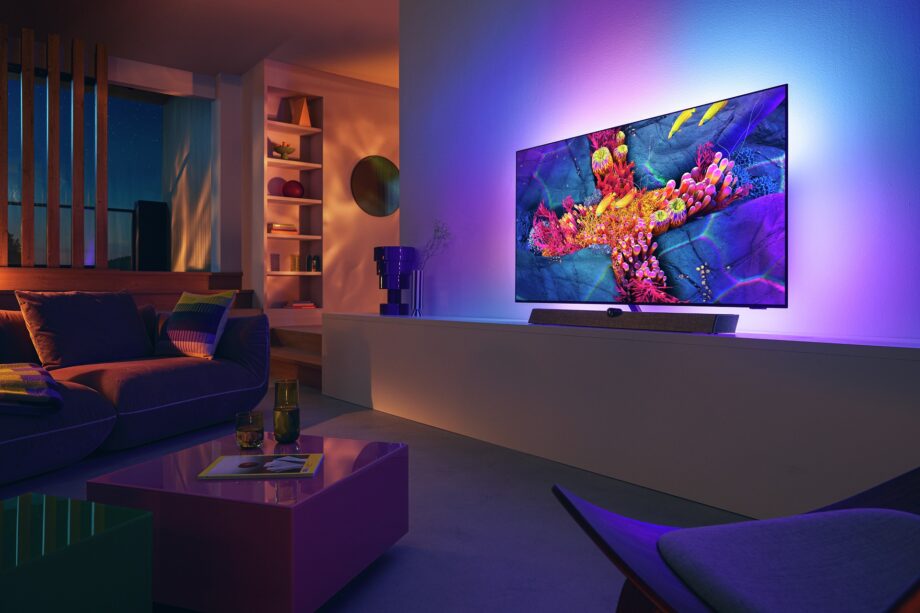
Philips is announcing its latest TV sets in Berlin, and at its press conference, the company revealed two new OLED+ TVs alongside a new Mini-LED effort.
The OLED+937 is Philips’s flagship Ambilight TV in its 2022 range, featuring improvements in both picture and sound over the outgoing OLED+936. This includes the panel featuring the latest OLED EX technology for 30% more brightness, and a revamped sound enclosure developed by audio partner Bowers & Wilkins.
Peak brightness is said to be able to hit 1300 nits, which would put it among the very brightest – if not the brightest – OLED on the market, the utilisation of the OLED EX with its special heat sync tech allows for greater HDR performance than previous OLED TV generations. The TV comes in 65- and 77-inch models.
The 2022 models include the P5 AI Intelligent Dual Engine picture processing, which now comes with an advanced HDR feature that Philips claims can optimise HDR performance by tone mapping content “frame-by-frame rather than averaging values scene-by-scene.”
For the first time, the Bowers & Wilkins sound system integrated with the screen has dedicated left and right side-firing drivers for 5.1.2 Dolby Atmos specification, with power output increased to 95W to help create a bigger, more immersive Atmos performance.
Philips has also upgraded its Ambilight technology, the biggest upgrade since the technology was first released. Each LED can now be individually controlled for a wider range of colours that more precisely match the visuals on the screen. Gaming features include Nvidia G-Sync and AMD Free-Sync Premium, along with a dedicated game bar to adjust settings on the fly, and a new VRR Shadow Enhancer that optimises the panel’s refresh rate.
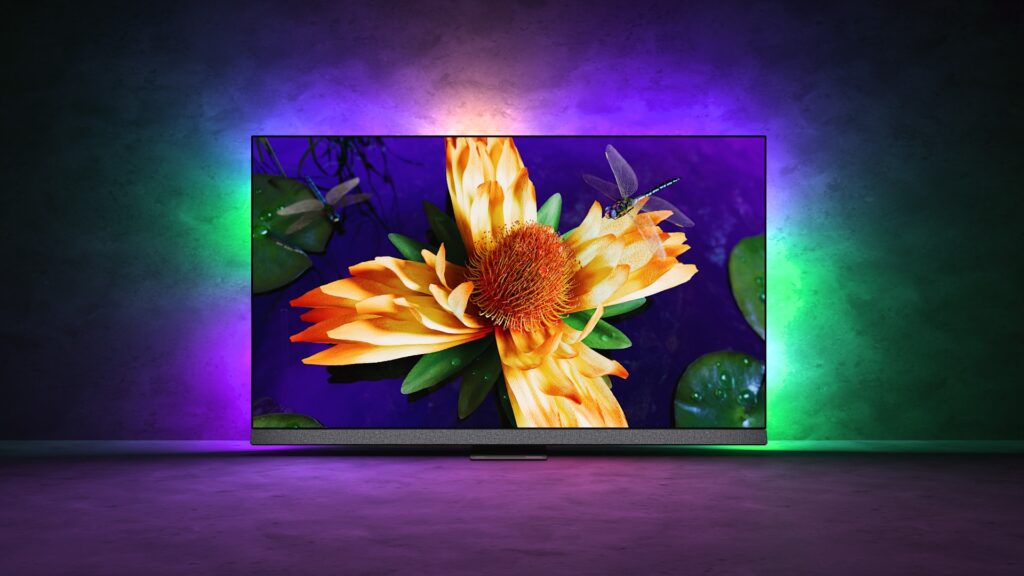
The step-down OLED907 carries many of the same features, including peak brightness of 1300 nits for both 55- and 65-inch screens. The TV also integrates a Bowers & Wilkins sound system that discretely fits within the set.
The next-gen Ambilight comes in its three-sided form and the set features the new Aurora feature that features a gallery of pre-loaded images & videos displayed with Ambilight, to create a multimedia art show in the living room. Sound quality is delivered by a 3.1 80W Bowers & Wilkins sound system, with six front-mounted drivers that fire directly at the listener in a left, centre and right arrangement to extend the soundstage and deliver clear dialogue reproduction. Bass is provided from the rear-mounted subwoofer that’s supported by four passive radiators.
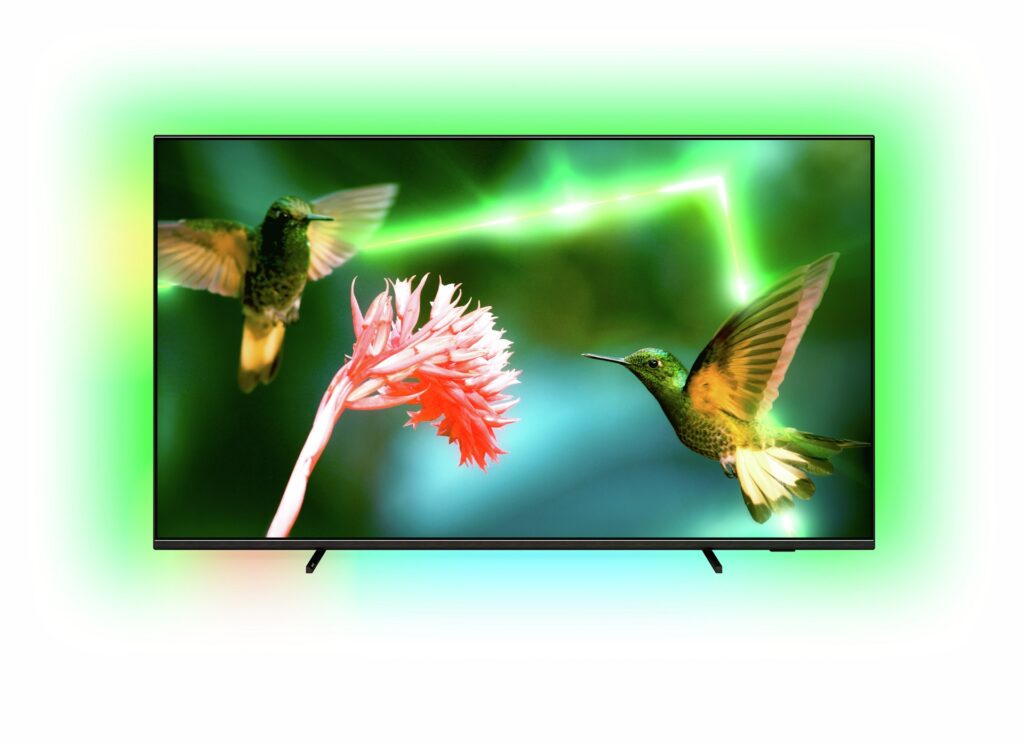
Philips has also detailed a new Mini-LED, the PML9507, virtually acting as Philips’s top LCD TV. It boasts Philips 6th Gen P5 AI processing, 120Hz VA panels and reach a higher peak brightness with 1500 nits for HDR playback. Sound is produced by a integrated 2.1, 70W sound system while the PML9507 can also act as a dedicated centre channel in a sound system made up of compatible Play-Fi satellite speakers to increase the size of the soundstage.
No prices were detailed for the TVs, but they’re expected to arrive on the market in the coming months.
Philips is not being shy about its OLED advancements
The big expectation from QD-OLED TVs was that they’d deliver a higher brightness for HDR content than standard WRGB OLEDs did, but in reality they were only slightly brighter than standard OLEDs – LG’s new OLED EX panel technology helped to bridge the gap. In any case, 2022 saw OLED TVs hit and in some cases slightly pass 1000 nits.
Philips looks to take it even further by claiming 1300 nits of peak brightness with HDR playback. It hasn’t confirmed which picture mode that’s applicable to, but that’s a mighty amount of brightness to be dealing with in any picture mode. A combination of the new OLED EX panel, heat-sink integration and Philips processing looks to really advanced the quality of HDR on OLED TVs.
It’s an impressive headline statement, one that would put Philips towards the top, if not at the top of pile, in this aspect of picture quality. But it’s not all about brightness when it comes to PQ, with there being other areas Philips could improve with its TVs, but it’s not looking shy about taking the fight to the likes of LG and Panasonic as well as Samsung’s QD-OLED technology. The competition as fierce as it’s ever been.


